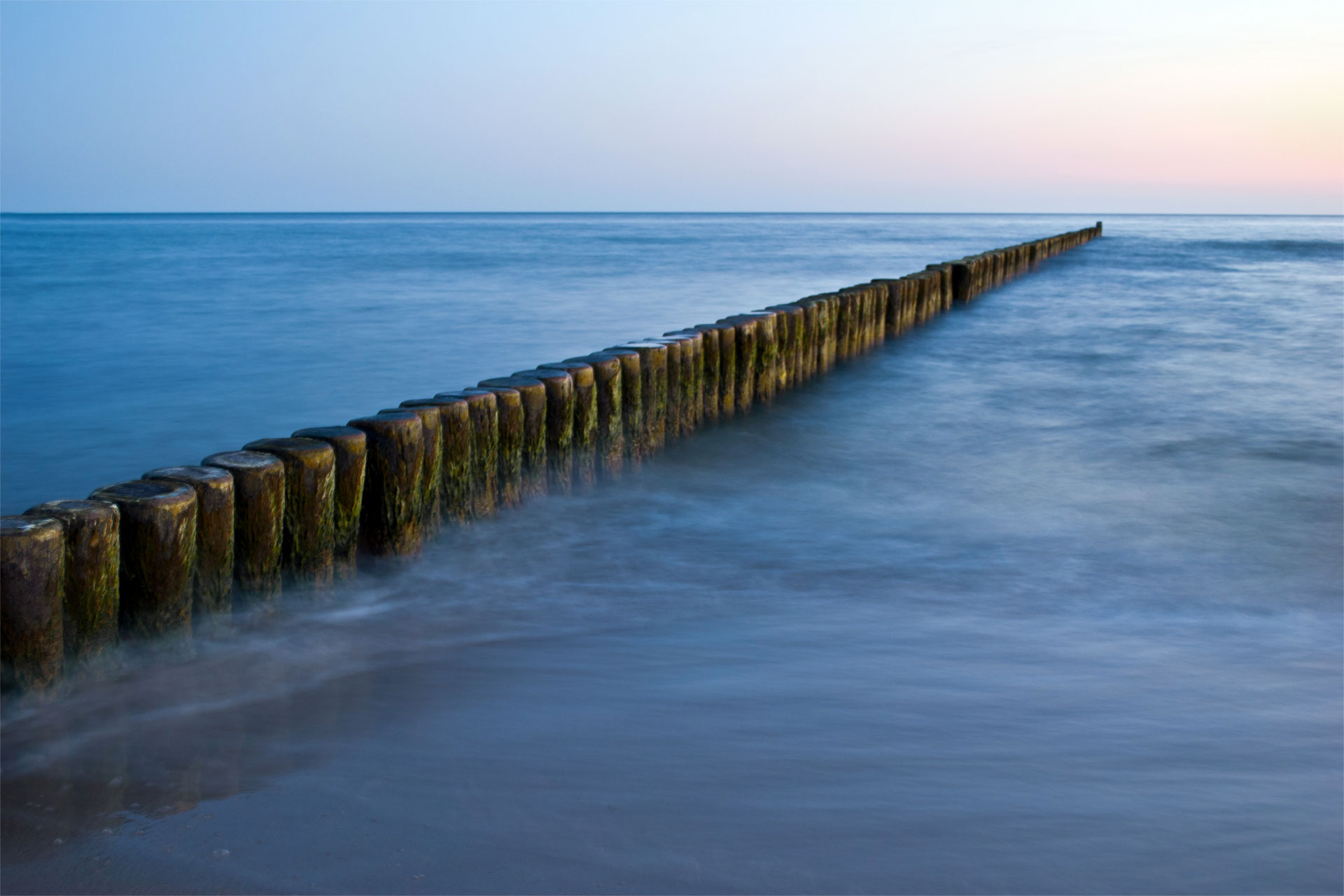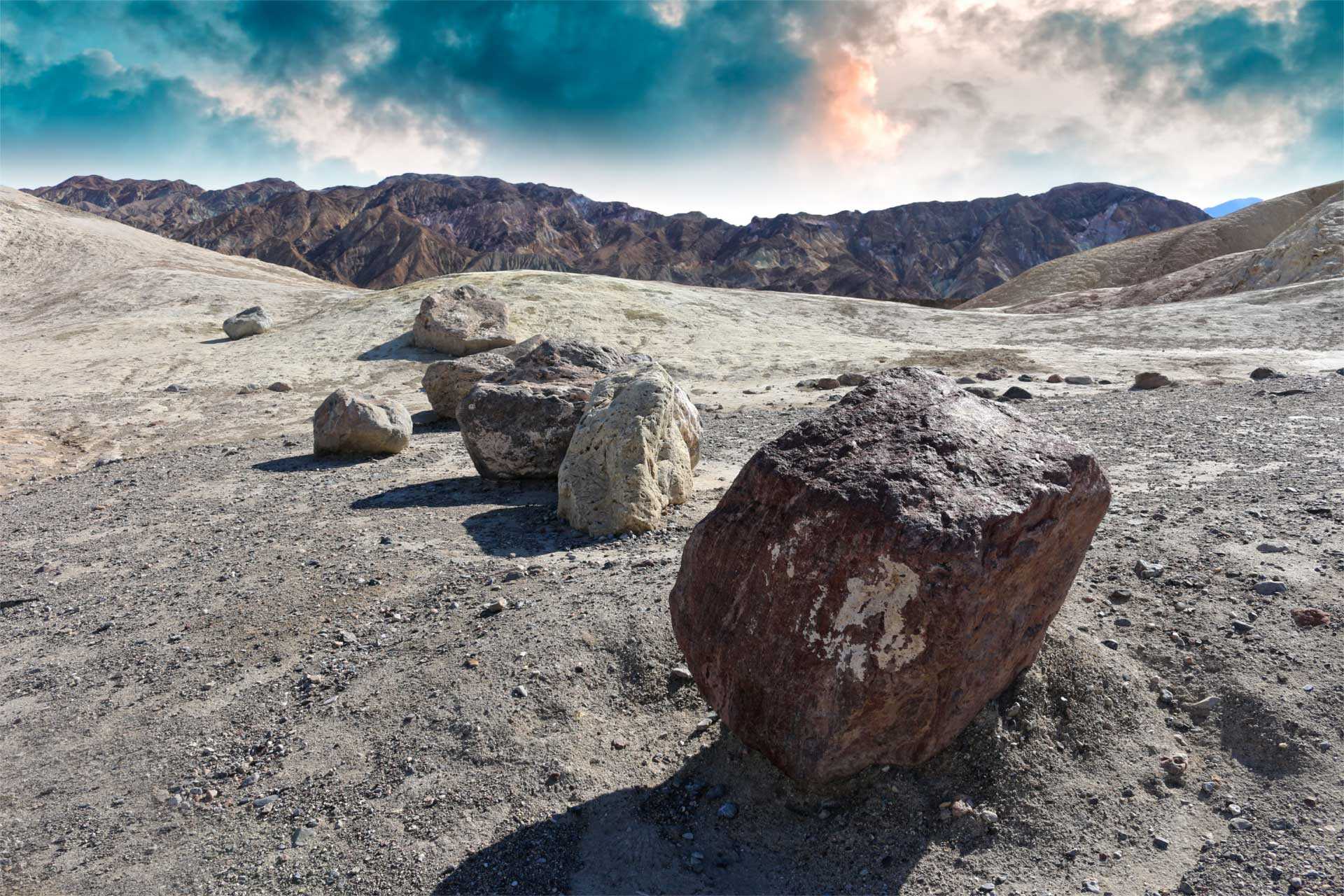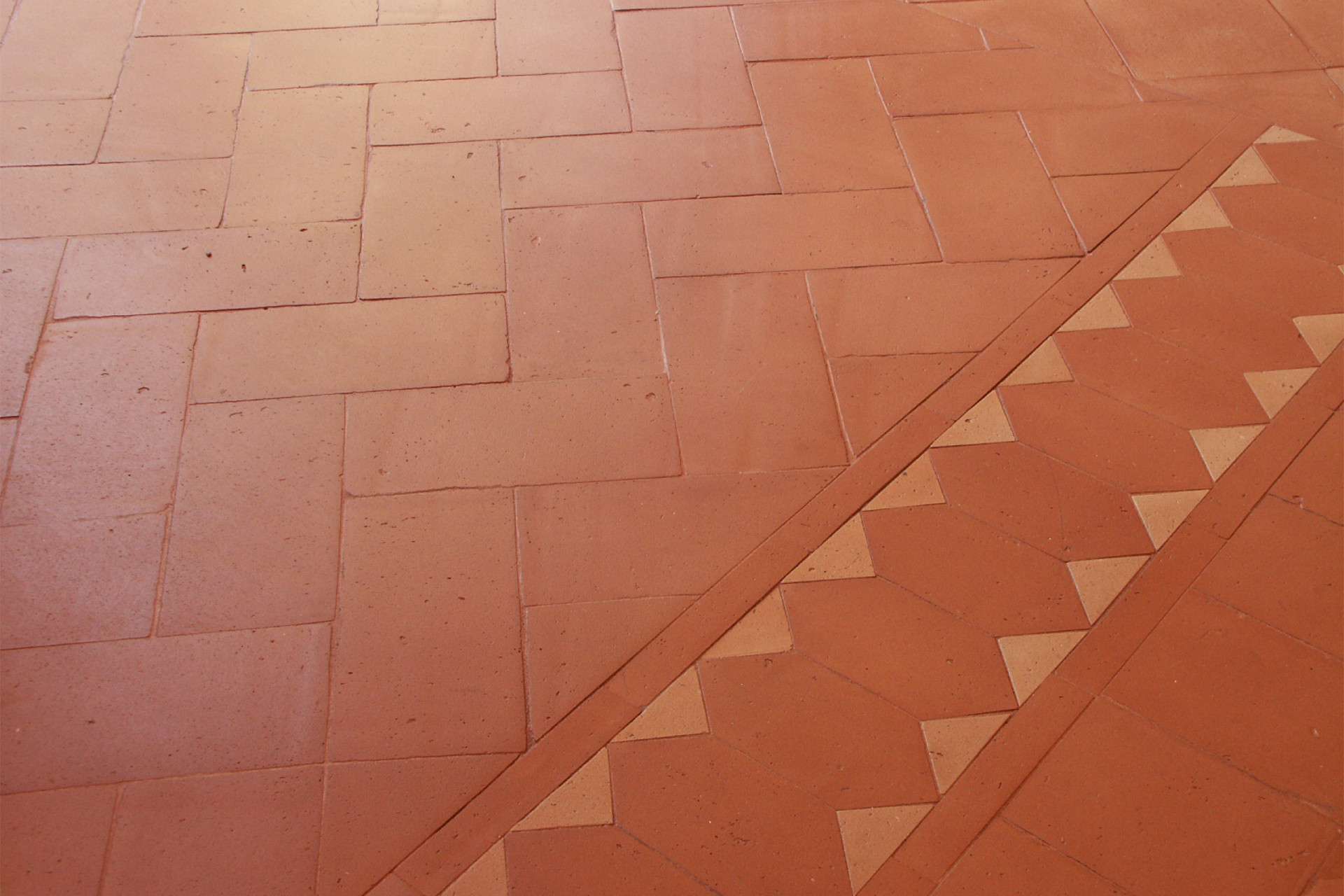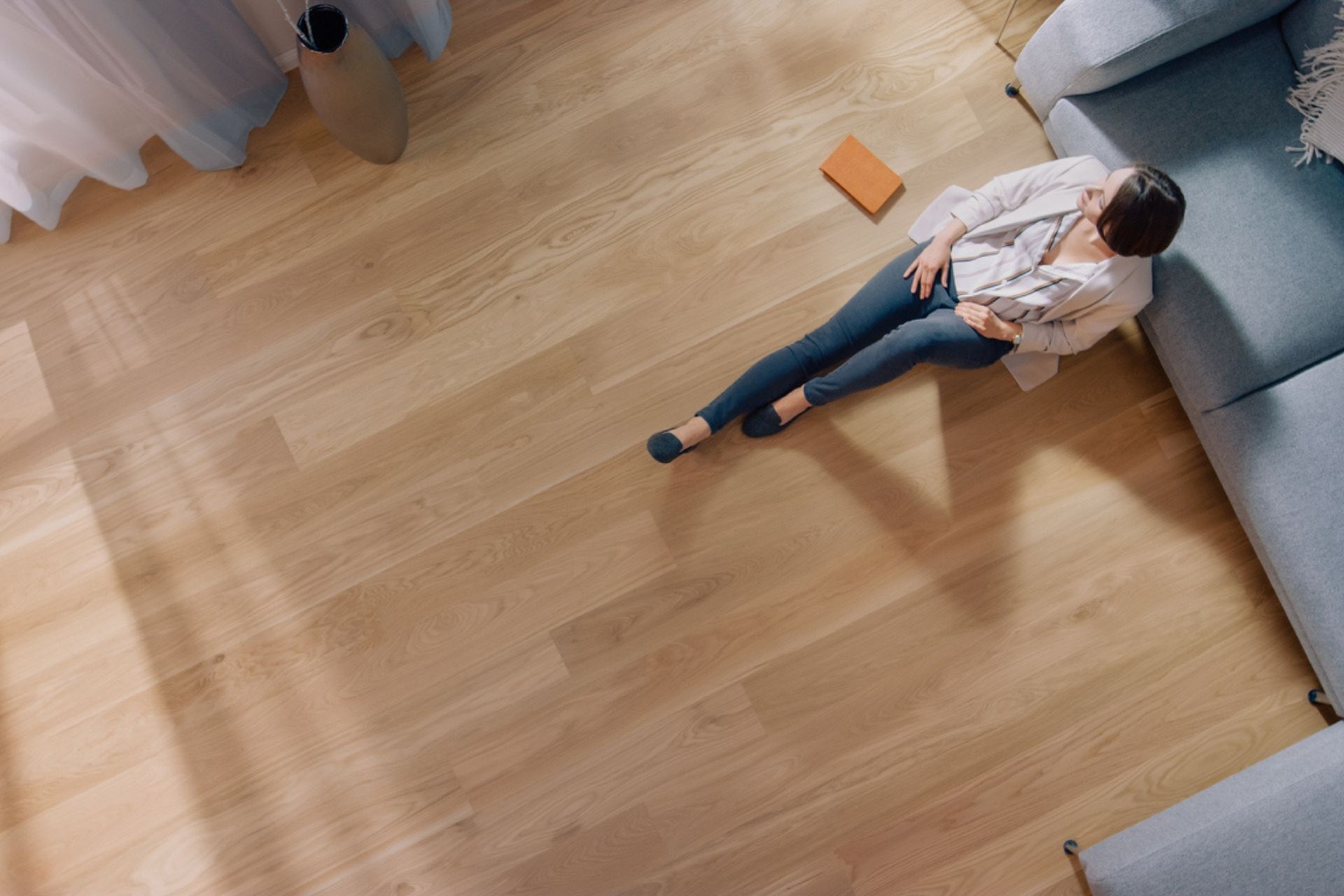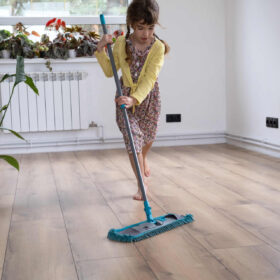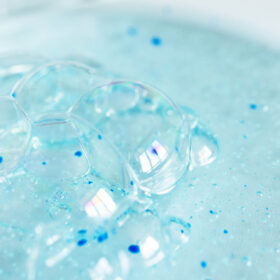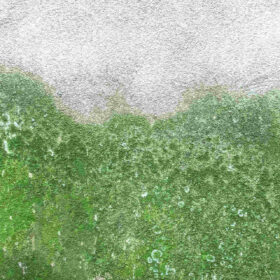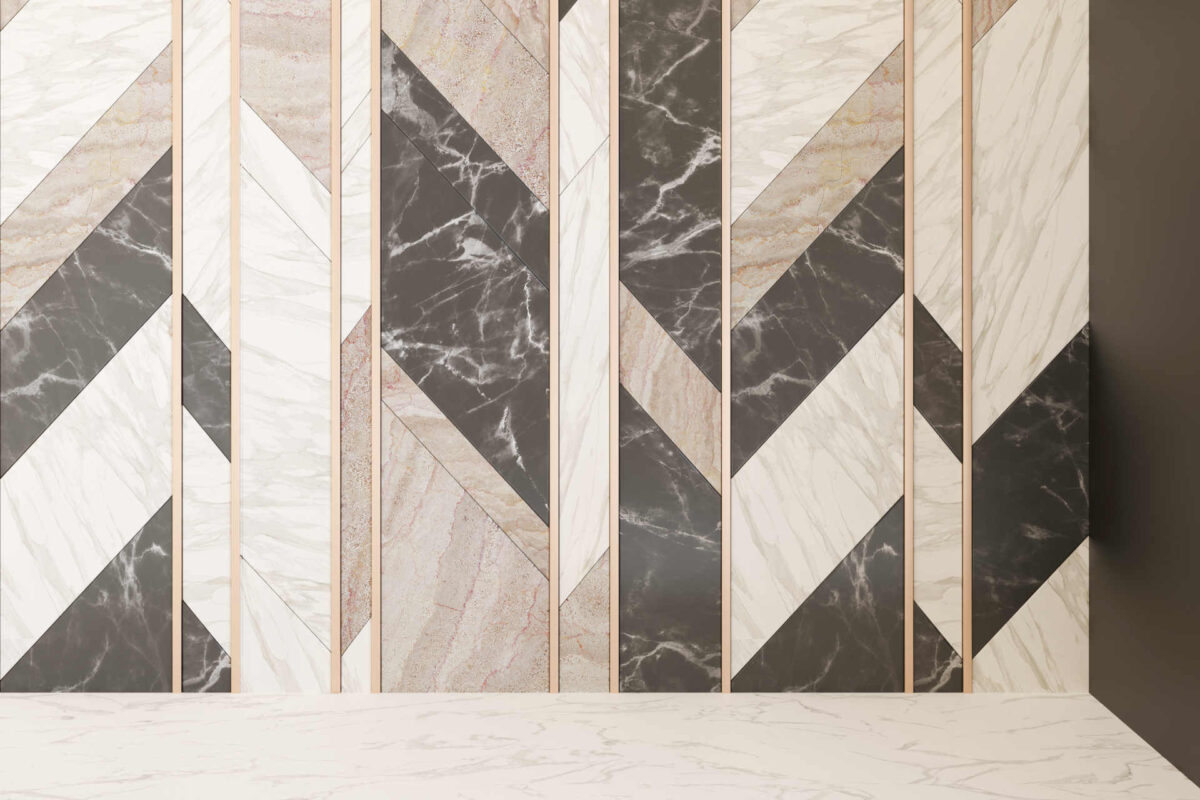Marble: the handbook for making the best choice for your home
Il marble it is a material capable of making any environment majestic and refined: the unique veining and the reflective surface make it an absolute protagonist in the history of art and design.
In addition to being so precious, marble is also a stone that is very resistant to impacts, abrasions and high temperatures, qualities that make it a very popular choice for floors and for coatings of bathrooms and kitchens. On the other hand, it is a delicate material, which requires particular attention during maintenance.
The main types of marble for floors
Even today the charm of a marble floor it is able to make any environment unique, whether classic or modern and minimalist. However, they exist different types of marble, each with its own characteristics: some are not suitable for the kitchen, others are perfect for gardens.
Let's look at some of the types of marble most used for floors:
- Bardiglio marble: gray tending towards blue with light streaks, it is very suitable for polishing, which makes it particularly suitable for elegant flooring and wall and kitchen coverings;
- Botticino marble: its low levels of porosity and absorption make it not only very refined, but also particularly suitable for outdoor environments. With a glossy finish, however, it is widely used in bathrooms and as a covering fireplaces, windowsills and steps;
- Trani stone: rustic and resistant, it is particularly appreciated in external floors of elegant gardens and porches;
- Black Marquinia: deep, lucid, splendid. Nero Marquinia marble is characterized by a intense black colour with white veins and is widely used for flooring, but is also used as a covering in bathrooms, kitchens and luxury living rooms.
And then there are theArabescato and Carrara marble, the most loved and most imitated in the world: these two types of marble are durable and suitable for embellishing all rooms of the house. The Travertino, however, it is very porous and for this reason it is not recommended in humid environments such as bathrooms and kitchens.
Marble floors: which one to choose
No two marble slabs are the same, and each type of marble has its specificities. One characteristic that they all have in common, however, is the susceptibility to stains: oil, coffee, tea, nicotine and acidic substances such as wine and coffee can irreparably stain the marble.
To do the best choice for your home you need to know how to orient yourself among an infinite number of possibilities, and start from the right questions:
- lo style of furniture: Nero Marquinia and Carrara Marble are much loved by minimalist designers, while Perlato di Sicilia is often an expression of a more classic elegance. The different colors of marble allow you to give a strong and bright character to any environment, but they must be chosen and combined carefully with the rest of the furnishings;
- le specific characteristics: Travertine is too porous for the kitchen, while the precious Botticino is perfect for the bathroom. Color and style are not everything: each stone has its own properties and is therefore more or less suitable for a certain use;
- thedaily use: marble flooring may not be the ideal solution for a very busy kitchen (given the issue of stains), while it may be the ideal choice for floors with underfloor heating or designed to last a very long time;
- la finish: the different types of finishing can have a major impact on the choice of material. The glossy finish, for example, revives the color of the material, while the satin finish it keeps the color neutral, making, in both cases, the surface more resistant to liquids.
Marble floors: how to treat them
Marble requires a specific routine to maintain its properties over time. First, to have a beautiful marble for longer it is a good idea to carry out a protective treatment that guarantees resistance to water and stains, such as Stone K-600, ideal for polished and honed marble.
If you have opted for a particularly porous marble or for a satin finish, it will be necessary to treat it with top quality wax emulsions, which respect the natural characteristics of the material without modifying its appearance and colour: Summary 3/P integrates and completes the protective treatment of the marble and facilitates cleaning operations.
Il polished marble can be protected with Star reflection, which buffers microporosities and small scratches and gives the surfaces a specular gloss and streak-free, similar to lead polishing, for a guaranteed impact effect in modern environments and on large floors to be renovated Once a year.
as to ordinary maintenance, it is important to dedicate at least one weekly session to your marble floors: it is important to avoid scrubbing with aggressive materials and products. Rather, the ideal recipe for cleaning marble floors involves a soft cloth and a neutral detergent such as Mistral, which sanitizes and degreases without leaving streaks.


